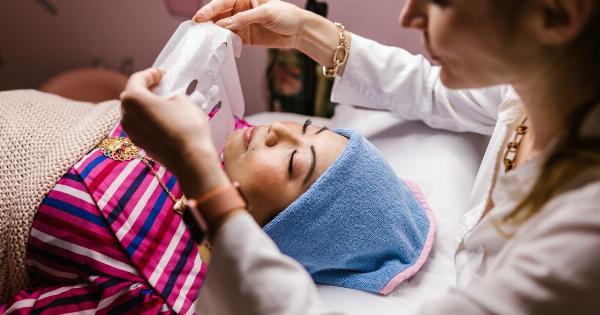Shoulder pain can be debilitating and limit an individual’s ability to perform daily activities. Tendons in the shoulder are particularly susceptible to injury due to their constant use during everyday activities.
Previously, surgery was the only solution for repairing damaged or torn shoulder tendons. However, advances in regenerative medicine have made it possible to treat shoulder tendon injuries with PRP, a therapy that uses the body’s own healing properties to repair damaged tissues.
What is PRP?
PRP stands for Platelet-Rich Plasma, a therapy that uses the growth factors found in the patient’s own blood to repair damaged tissues.
PRP is prepared by drawing a small amount of the patient’s blood and then using a machine to separate the platelets and other growth factors from the rest of the blood. The resulting concentrate is then injected into the injured area, stimulating the body’s natural healing process.
Shoulder Tendon Injuries
The shoulder is made up of tendons that attach the muscles in the shoulder to the bone. These tendons are subject to a lot of wear and tear, and injuries to the tendons can result in pain and reduced mobility.
Different types of shoulder tendon injuries include rotator cuff tears, frozen shoulder, and bursitis.
PRP Treatment for Shoulder Tendons
PRP therapy has been used for years to treat sports injuries, including shoulder tendon injuries.
The process involves collecting the patient’s blood, processing it to concentrate the platelets and growth factors, and then injecting the resulting concentrate into the damaged tendon. The platelets and growth factors act as signals to the body’s natural healing processes, prompting the body to send in more repair cells to the injured area.
Benefits of PRP for Shoulder Tendon Repair
PRP therapy for shoulder tendon repair offers several benefits over traditional surgery:.
- Minimally invasive: PRP injections are done with a small needle and do not require surgery.
- Fast recovery: Recovery from PRP therapy is much faster than from surgery, with most people being able to return to normal activities within a few weeks of treatment.
- Little downtime: PRP therapy does not require a long hospital stay or extensive physical therapy.
- Improved outcomes: Studies have shown that PRP therapy can be just as effective as surgery for repairing shoulder tendons, with many patients experiencing improved function and less pain.
- Reduced risk of complications: PRP therapy is a low-risk treatment with few side effects.
PRP Procedure for Shoulder Tendon Repair
The PRP procedure for shoulder tendon repair typically takes less than an hour from start to finish. The patient will be given a local anesthetic to numb the area being treated.
A small amount of blood is then drawn from the patient’s arm and centrifuged to separate the platelets and growth factors from the rest of the blood. The resulting concentrate will then be injected into the damaged shoulder tendon under ultrasound guidance. The entire procedure is minimally invasive and involves little to no downtime.
Recovery from PRP for Shoulder Tendon Repair
After the procedure, patients may experience some swelling and discomfort in the area of the injection. However, these symptoms typically resolve within a few days.
Patients can return to normal activities as soon as they feel comfortable doing so, usually within a few weeks of the procedure. Physical therapy may be recommended to help strengthen the repaired tendon and restore normal function to the shoulder.
Conclusion
PRP therapy is a safe, effective, and minimally invasive treatment option for repairing damaged or torn shoulder tendons.
The procedure offers several benefits over traditional surgery, including faster recovery, less downtime, and a reduced risk of complications. If you’re experiencing shoulder pain due to a tendon injury, talk to your doctor about whether PRP therapy may be right for you.
























